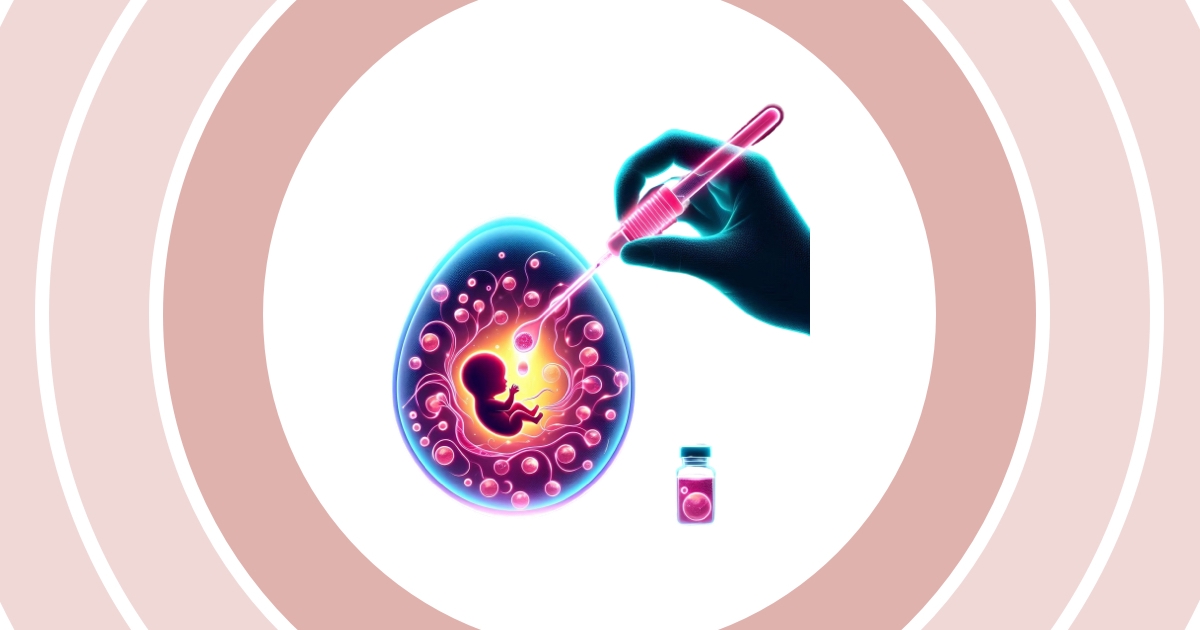In IVF treatment, the rules regarding embryo transfer are defined by a regulation that came into effect on March 6, 2010. The goal of this regulation is to reduce multiple pregnancies and protect the health of both mother and baby. As of 2024, this regulation remains in force in Turkey.
What Are the Key Criteria of the Regulation?
According to the regulation, the limits for embryo transfer are as follows:
- If the woman is under 35 years of age, only a single embryo may be transferred during the first and second IVF attempts. In the third and subsequent attempts, up to two embryos may be transferred.
- If the woman is 35 or older, no more than two embryos may be transferred, regardless of the number of previous attempts.
While this restriction reduces the risk of multiple pregnancies, it may lower success rates for some couples. Among European countries, only Belgium enforces a similar legal requirement—but in Belgium, the government covers up to six IVF cycles. In Turkey, however, state support is limited, and most treatment costs fall on the couple.
Is It Possible to Maintain Success While Reducing Multiple Pregnancies?
The number of embryos transferred has a direct impact on the likelihood of pregnancy. Experienced centers have succeeded in maintaining high success rates by limiting transfers to two embryos. Advances in laboratory technologies also support pregnancy outcomes by improving embryo quality.
Who Is a Good Candidate for Single Embryo Transfer?
Clinical studies show that in certain groups, single embryo transfer does not reduce pregnancy success:
These include:
- Women under 35
- Couples undergoing their first or second IVF cycle
- Patients with at least two top-quality embryos
In such cases, high pregnancy rates can still be achieved with a single embryo transfer.
Factors That Increase IVF Success
Success in IVF begins with a strong laboratory infrastructure. Modern lab technologies significantly enhance the implantation potential of transferred embryos.
Key supportive practices include:
- Embryo culture in low oxygen environments, which boosts developmental potential
- Multi-incubator systems, where each patient’s embryos are stored separately to maintain stable temperature and humidity
- IMSI (Intracytoplasmic Morphologically Selected Sperm Injection), in which sperm are magnified 6000x to select the healthiest, most morphologically normal sperm
- Early cleavage monitoring, where embryos are assessed shortly after fertilization—those that divide earlier tend to implant better
- Blastocyst culture, which allows embryos to grow to day 5, increasing the chances of selecting robust and viable embryos
Effective Embryo Freezing Techniques
When limited embryo transfer is applied, freezing high-quality surplus embryos using vitrification (ultra-rapid freezing) is an important step in increasing overall pregnancy chances.
Advantages of vitrification:
- Offers future pregnancy opportunities
- If fresh transfer fails, frozen embryos can be used
- Survival rate of thawed embryos: 70–80%
- Pregnancy success rate with frozen embryos: 50–70%
A Successful IVF Approach
At our clinic, we combine modern practices—such as single embryo transfer—with advanced laboratory technologies to achieve the highest possible success rates. Our goal is to reduce the risk of multiple pregnancies while preserving the couple’s chance of conception.

